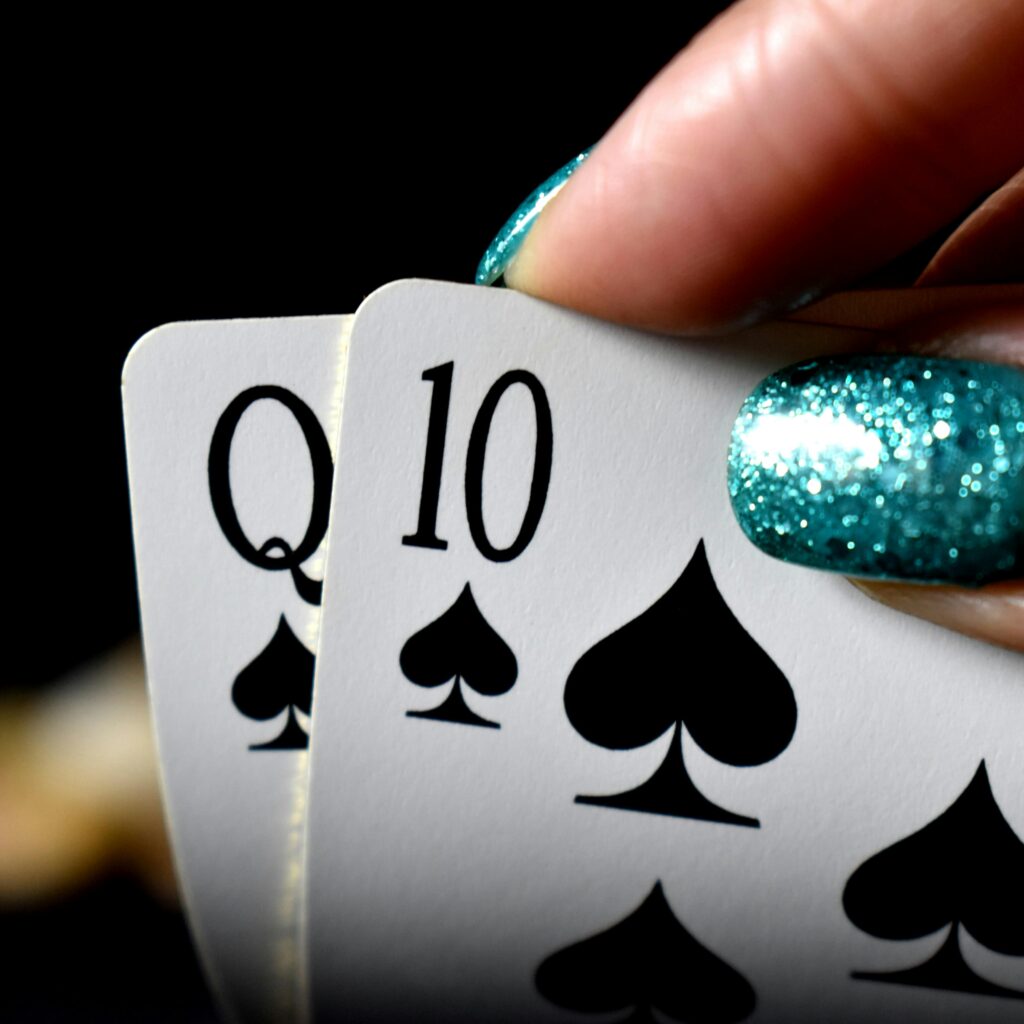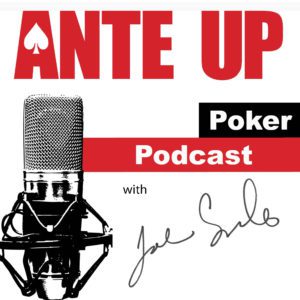Bluffing is one of the most fascinating aspects of poker. It’s a skill that blends psychology, timing, and confidence, often separating casual players from true masters of the game. While the rules of poker can be learned in an afternoon, the art of bluffing takes years of practice, observation, and self-control. For many players, bluffing is not just about the cards you hold—it’s about the story you tell and the perception you create.
In this article, we’ll explore how bluffing works, the psychological factors behind it, and why mastering mind games at the table can elevate your poker performance.
Reading Opponents: The Core of Bluffing
At its heart, bluffing is about influencing your opponents’ decisions. To bluff effectively, you need to read the table—both the betting patterns and the players’ behavior. Are they conservative and risk-averse, or aggressive and willing to call big bets? The answer will determine how believable your bluff is.
Great bluffers observe everything: the speed at which someone bets, their posture, even how they stack their chips. These subtle cues can reveal whether a player is confident or uncertain. When you learn to interpret these signals, you gain an advantage that goes far beyond the cards. After all, poker is a game played between people, not just decks of 52.
The Psychology Behind the Bluff
The effectiveness of a bluff lies in psychology. Humans are wired to search for patterns and avoid loss. Bluffing takes advantage of these instincts by presenting a narrative that convinces your opponent to fold. For example, if you consistently raise pre-flop with strong hands, your sudden aggression with a weak hand is more likely to be believed.
Confidence also plays a crucial role. If your body language or betting pattern shows hesitation, even the most carefully planned bluff can collapse. Conversely, steady behavior and unwavering confidence can make a weak hand look like a monster. The key is consistency: your story has to align with the table image you’ve built.
Interestingly, studies in decision-making show that players under pressure tend to make conservative choices. A well-timed bluff exploits this tendency, especially in tournament play where the stakes are high. Players would rather fold and preserve chips than risk elimination on a questionable call.
Modern Bluffing: From the Poker Room to Online Play
Bluffing has evolved with the game itself. In live settings, physical tells and table presence dominate. Online, however, the absence of face-to-face interaction shifts the focus to betting patterns, timing, and statistics. Online players rely on data, such as frequency of raises or continuation bets, to determine whether someone might be bluffing.
The rise of digital poker has also expanded the community of players who practice bluffing strategies daily. Many enthusiasts sharpen their skills in environments like Michigan online casinos, where online poker and competitive play are widely accessible. These platforms give players the chance to test strategies, adapt to different opponents, and refine their psychological approach in real time.
Ultimately, bluffing remains a delicate balance of risk and reward. Overuse makes you predictable, while underuse can leave you too easy to read. The most successful players are those who know when to push the limits and when to hold back, weaving bluffs seamlessly into their overall strategy.
Final Thoughts
Bluffing isn’t about lying; it’s about creating a believable narrative that influences others’ decisions. To master it, you need observation, consistency, and the courage to trust your instincts. Whether at a casino table or in an online tournament, bluffing transforms poker from a game of chance into a battle of wits.
By embracing the psychology of bluffing, you’re not only improving your game—you’re stepping into the minds of your opponents and learning to outthink them. And in poker, that’s often the greatest victory of all.




